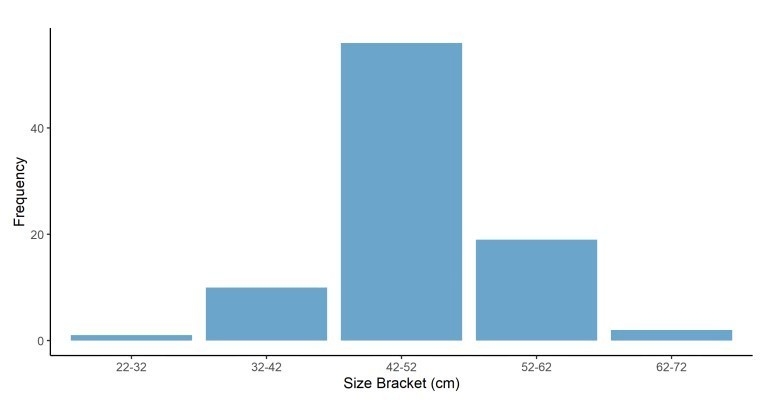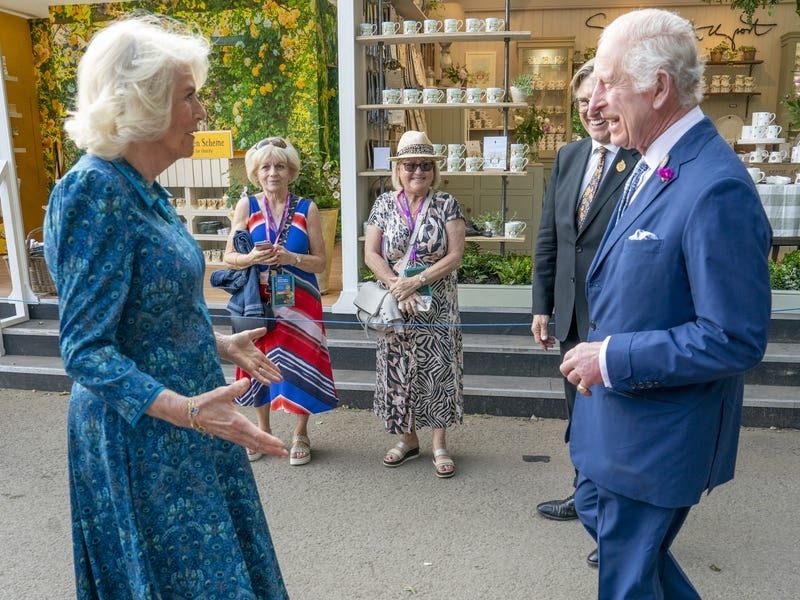A “CONCERNING” lack of mature bass in Jersey’s waters has been highlighted in a study by the government’s marine resources team.
The study, which used local fishing boats across the winter bass season to look at the impact of gill-net mesh size on catch and by-catch, has suggested new measures are needed to allow smaller fish to grow.
The analysis cost just over £6,000 and is intended to support future management of the Island’s fishery from this year.
Stocks of the highly prized bass once dropped so low that, in 2017, recreational fishermen were banned from taking any home.

At the same time, the commercial fleet were subject to tough regulations, with a maximum of 12 boats being given a permit to fish for them using rod and line – and they were only allowed to sell their catch locally.
The measures were introduced after commercial catches dropped by more than 50% and were steadily relaxed over the next few years.
During the netting trial conducted for the recent government study, 294 bass were caught – ranging in size from 28 to 69cm – with the most frequently caught size class being 42 to 52cm when using nets with meshes between 100 and 112mm.
Of the 149 rod-and-line caught bass – ranging in size from 29 to 67cm – the number of fish recorded within the 42 to 52cm bracket was also the largest.
The report noted that only 4% of bass caught during netting were in the lower size bracket of 32 to 42cm, compared to 41% of hook- and line-caught fish.

It stated that: “The reduction in catch when using both the 105 and 110mm mesh sizes are concerning, as this has shown a lack of larger fish with areas being dominated by 32-52cm fish.
“The catch of the 32-42cm size class by rod and line fishing was high and 42-52cm bass was high with the use of nets. This drop in fish [greater than] 52cm is concerning for the fishery as larger bass have a greater reproductive output with increased fecundity than smaller, less mature individuals.”

It noted that all of the fish were caught inshore – within Jersey’s six-mile limit – and that this “may” have influenced the size of fish being recorded.
However, it added that: “Commercial fishers were asked for their thoughts and advice on whether larger fish were present further offshore and out of the sampling area for this study.
“It was noted by all fishers contacted that larger fish are also not present in quantities worth targeting further offshore.”
It concluded that the data suggested new management measures are needed “to protect larger size class fish from being harvested”.
Marine science and research officer Alex Plaster said: “Jersey has a small inshore netting sector where vessels with a track record of catching bass are permitted to target bass with the use of nets.
“At the moment, the minimum mesh size they are allowed to use is 100mm. This is to allow juvenile bass – under the minimum landing size of 42cm – to avoid capture.
“The study found there was a lack of larger, mature bass using both netting and rod and line sampling.
“We wanted to find out if a larger mesh size should be used for the local bass fishery and whether by-catch could be avoided by using larger mesh sizes.”






